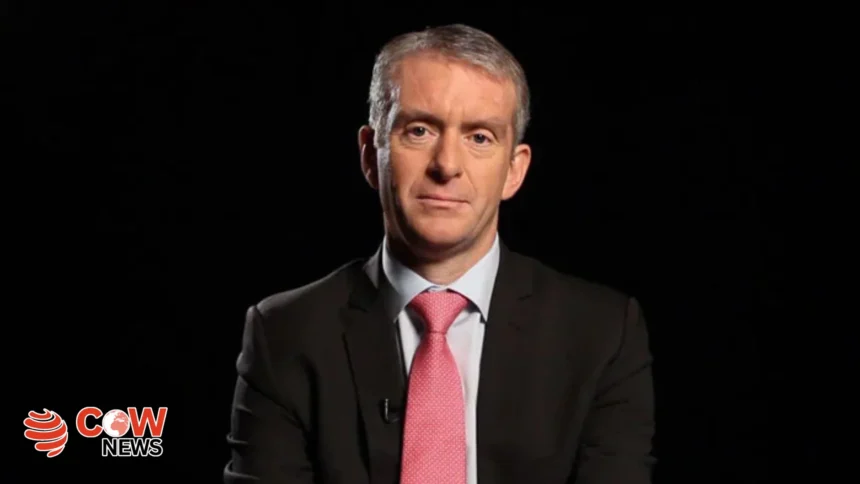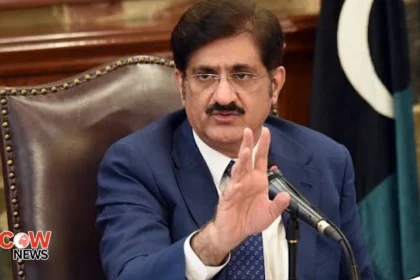A U.S. journalist has shed light on the details of the ceasefire between Pakistan and India, revealing startling new information. According to CNN’s International Diplomatic Editor, Nick Robertson, diplomatic efforts for a ceasefire had been ongoing for several days but had failed to materialize until India launched attacks on Pakistan’s airbases.
Following India’s aggression, Pakistan retaliated by launching relentless missile strikes, forcing India to come to the negotiating table. Robertson stated that Pakistan’s missile attacks compelled India to retreat, ultimately leading to negotiations between the two nations.
The ceasefire was made possible after U.S. Secretary of State intervened, reaching out to Saudi and Turkish officials. Through diplomatic efforts, the situation was resolved, bringing about an end to the hostilities.
During the conflict, Pakistan executed Operation Bunyan Marsus (Iron Wall), targeting over 10 Indian military objectives. These included the destruction of airbases and military fields at Adampur, Udhampur, Bathinda, Suratgarh, Mamoon, Akhnoor, Jammu, Sarsa, and Barnala. Additionally, Indian supply depots in Uri and airfields in Sarsa and Halwara were also destroyed.
The Pakistani military’s success came when a JF-17 Thunder fighter jet, carrying a hypersonic missile, destroyed a $1.5 billion air defense system, the S-400, at an Indian airbase in Adampur. Pakistan later released a video showcasing the missile attack.
After this powerful response, both countries agreed to a ceasefire, marking a significant de-escalation in tensions between the two nuclear-armed nations.







